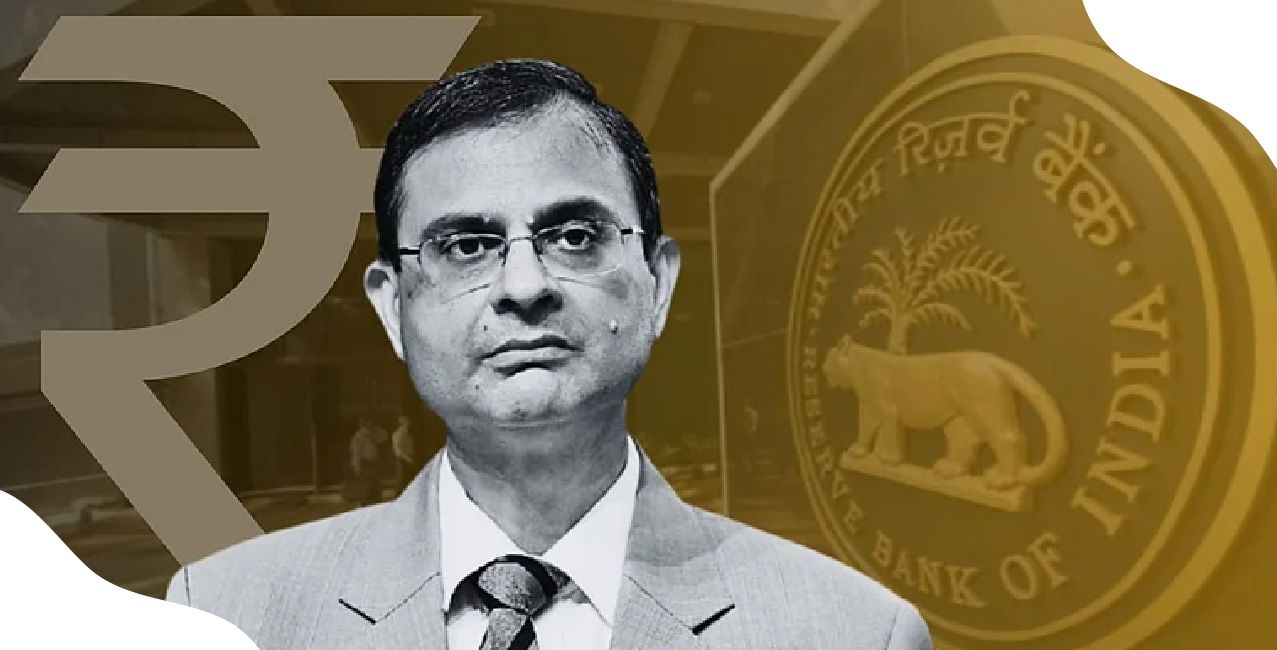
Author
LoansJagat Team
Read Time
4 Min
18 Aug 2025
Economists Divided on RBI MPC’s Next Move: No Cut, One Cut, or Two?
As India enters the second half of FY2026, the Reserve Bank of India’s Monetary Policy Committee (MPC) is confronting a key dilemma: should it continue lowering interest rates or hold steady amid evolving inflation and global trade uncertainties?
With consumer price inflation recently slipping to multi-year lows, opinions diverge sharply among economists, some foresee another cut or two, while others advocate caution. This research-based article examines these contrasting views and lays out the stakes ahead.
How many repo rate cuts has RBI done since January 2025?
Since February 2025, the RBI has enacted front-loaded rate cuts totaling 100 basis points (i.e., 1 percentage point) across three phases, bringing the repo rate down to 5.50 percent. The MPC opted for a pause in August to assess the impact of these earlier reductions.
As the July CPI print slid to eight-year lows, analysts were divided…
The July CPI fell to its lowest point in eight years, signaling a significant cooling in inflation. This drop has left economists divided. Some see room to ease further and support growth, while others argue that global uncertainties, particularly US-imposed tariffs and uneven supply chains demand a more cautious stance.
Why did inflation dip so low?
Several factors contributed:
- Base effects: Comparisons are drawn against earlier periods with elevated prices, making current CPI appear particularly low.
- Weak demand: Domestic consumption remained moderate, curbing price pressures.
- Commodity price stability: Softness in global energy and food prices helped keep inflation grounded.
- Improved supply chains: Easing disruptions lowered costs for essential goods.
Read More – How Rising (or Falling) Interest Rates Could Affect Your Next Loan?
Economists' Diverging Views on Future Rate Moves
With inflation falling and growth facing external risks, economists are far from united on what the RBI should do next. Some argue that more cuts are necessary to sustain momentum, while others prefer a cautious wait-and-watch approach. The following table highlights the three dominant schools of thought:
Overall, the divide reflects the uncertainty around India’s growth-inflation balance. While global factors like tariffs and trade disruptions argue for caution, the low inflation environment leaves the door open for some easing if growth momentum falters.
Festive Season, Tariffs & Policy Tone
The festivity-driven quarters (late August through October–November) are critical for consumer demand, with sectors like retail, housing, and MSMEs poised to benefit from a rate cut. Analysts suggest a 25 bps cut could rejuvenate credit flow, boost sentiment, and help exporters manage tariff shocks.
Yet, the looming US tariffs pose significant downside risks to growth and currency stability. SBI, ANZ, and others argue for front-loading cuts now to stimulate pre-festive consumption, while others caution waiting to observe unfolding economic developments.
Also Read - The Mechanics of Interest Rate Changes: How Central Banks Influence the Economy
Most importantly, markets are watching not only the repo rate decision but also the RBI’s forward guidance, whether it signals a long pause or leaves room for one more cut.
Conclusion
With inflation at multi-year lows, the stage is set for possible easing, but global uncertainties and mixed economic signals temper the call. Nomura, in the most aggressive projection, anticipates two cuts (October and December), whereas Barclays, Emkay, and JM Financial expect one final cut in October. On the other hand, Kotak and CareEdge favor a prolonged pause unless growth or inflation trajectories shift dramatically.
The RBI’s MPC meeting is more than a rate decision, it’s a balancing act between nurturing growth and preserving policy credibility. In the months ahead, the central bank’s stance, especially around liquidity and forward guidance during the festive season, could shape India’s macroeconomic narrative for the rest of the year.
About the Author

LoansJagat Team
‘Simplify Finance for Everyone.’ This is the common goal of our team, as we try to explain any topic with relatable examples. From personal to business finance, managing EMIs to becoming debt-free, we do extensive research on each and every parameter, so you don’t have to. Scroll up and have a look at what 15+ years of experience in the BFSI sector looks like.

Quick Apply Loan
Subscribe Now
Related Blog Post

LoansJagat Team • 10 Jun 2025

LoansJagat Team • 06 Jun 2025

LoansJagat Team • 22 Sep 2025